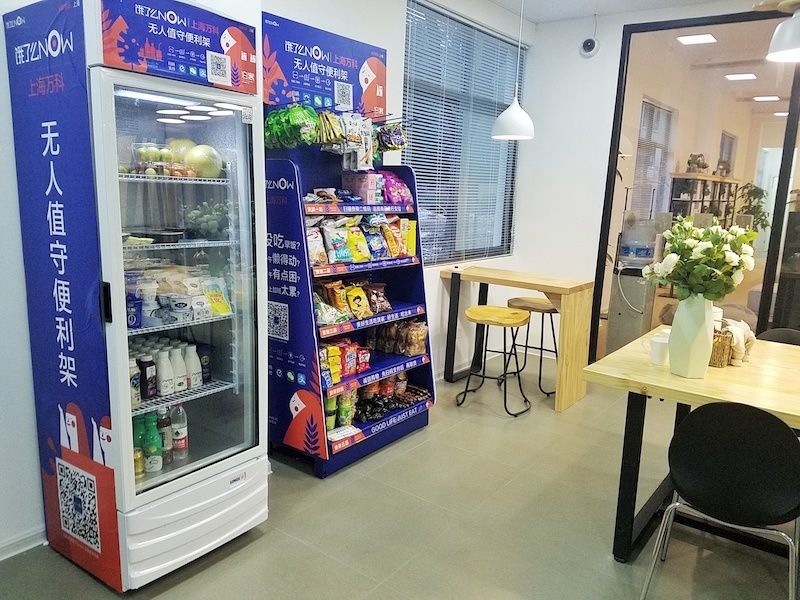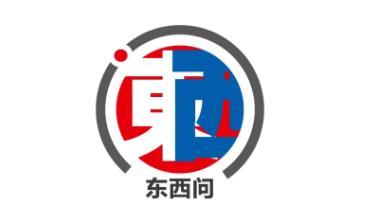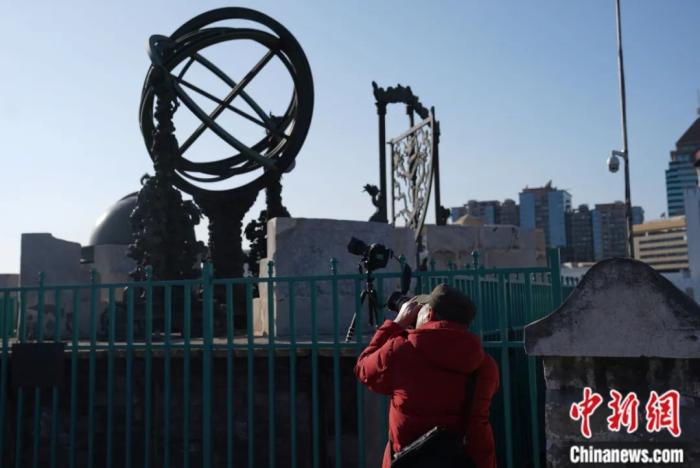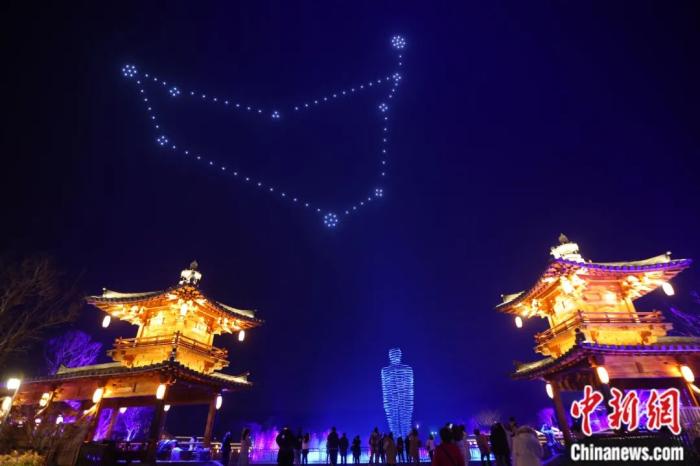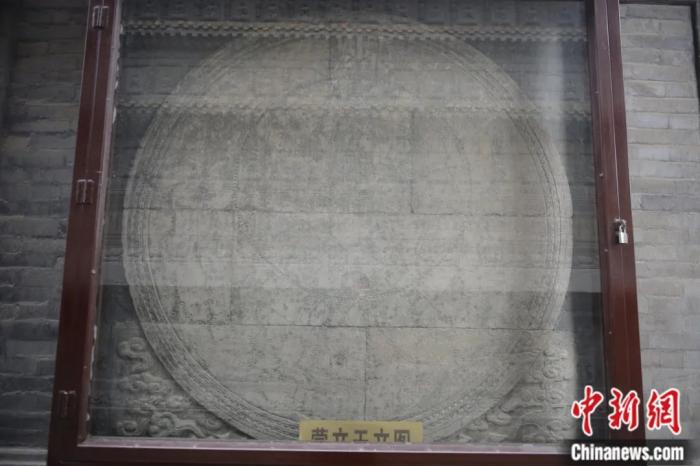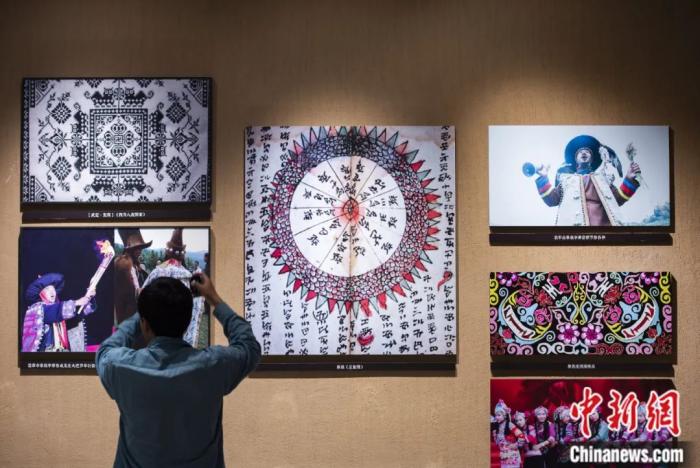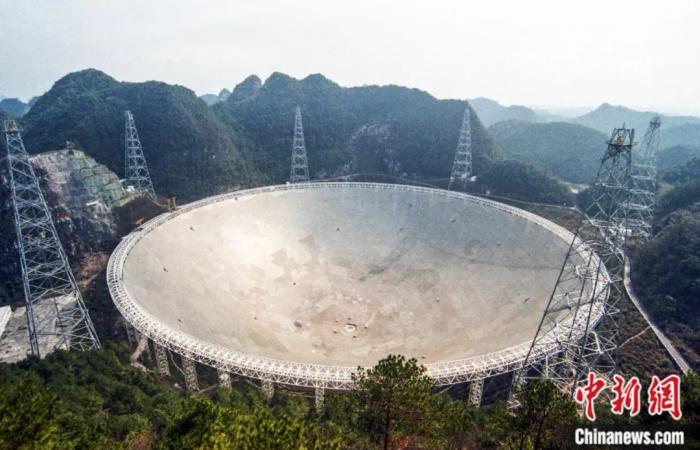Can the delivery staff enter the community freely? Identity verification can be achieved, but the effect remains to be tested
Our reporter, Peng Wenzhuo
With the explosive growth of online ordering, it has become the norm for takeaways to enter and exit the community. However, wearing takeaway clothes as a "pass" to enter and exit the community has caused chaos one after another. News such as "men pretending to be takeaway brothers stealing" are common, making takeaway delivery pose a hidden danger to the safety of the community.
Should the community prohibit takeaway personnel from entering and leaving?
At 7 PM on January 1, Wang Pengfei had just trotted out of Changhewan Community in the northwest second ring road of Beijing and quickly boarded the electric car to start the next business, because he was delayed for ten minutes.
Wang Pengfei, a deliveryman at a takeaway platform, said that many communities now do not allow delivery electric vehicles to drive in, so they can only park the car outside and run in by themselves. "There are several common situations where deliverymen deliver takeout to communities: if they are not allowed in, they run in or stuff it in the small fence door; sometimes they just wait for the predecessors to swipe their cards to follow in, or discuss with the doorman to register; and the takeout is placed in the reception hall, and the owner goes downstairs to get it himself."
For the increasingly strict management system of the community, Wang Pengfei is a little helpless: sometimes because the delivery of food on this road is timed out, this order is equivalent to nothing. For customers, in hot or cold weather, ordering takeout is convenient. If it cannot be delivered directly to the door, satisfaction will decline. In addition, many people usually dress casually at home, and they have to change clothes specially for a takeaway, they will feel inconvenient.
A pizza brand takeaway worker summed up a food delivery experience to reporters: in general old communities, takeaway delivery is more casual, and you can basically enter with a single word; for commercial housing communities, it is common for takeaway workers to register at the door; for some luxury houses, takeaway workers are generally denied entry. There are also well-managed properties that are confirmed by video phone and then released, and there is a better identity verification mechanism.
Should the delivery staff be prohibited from entering and leaving the community? Different owners have different views on this. Some people believe that some outsiders pretend to be delivery staff and put up advertisements in the corridors, elevators and other places of the community, and some people knock on the wrong door, etc., to let strangers enter the community. There are also owners who believe that "no entry" makes life inconvenient, and the community should eliminate hidden dangers by strengthening security and identity verification.
Takeaway clothing can be bought online for safety hazards
In July last year, a food delivery platform in Chengdu clashed with community security guards, causing a group fight. According to a statement released by Ping An Wenjiang, the point of conflict between the food delivery platform and security guards lies in the management regulations for food delivery personnel entering and leaving the community.
This reflects the current contradictions between the property and the delivery staff in many places. It is understood that the regulations such as "delivery is not allowed into the community" are not a whim. The news of "man pretending to be a delivery brother to steal" "borrowing delivery points to draw theft routes" "delivery staff burglary" is not uncommon.
In an interview with reporters, security guards in several neighborhoods on East Jiaotong Road in Beijing believed that the overalls explained the purpose of the visit. The delivery staff are all wearing uniforms, and the clothes they wear on the cars they ride are marked, so they can tell what they are doing at a glance. If the delivery staff are asked to register, they may not cooperate in order to rush for time; if they are not allowed to enter the community, the owners may complain to the property company, so they usually ask the delivery staff who are not wearing delivery clothes to register.
For many communities, the delivery staff’s uniforms function as "access cards", becoming "passes" for entering and leaving some communities, but those wearing delivery clothes are not necessarily the real delivery staff.
In August last year, Beijing’s Fengtai district cracked a case of "fake food delivery real theft". According to the confession of the alleged offender, he used to be a delivery worker, but he quit his job because he was tired and had no means of livelihood. So he used a private stash of delivery work clothes as cover, and wandered around the residential area late at night, repeatedly smashing the contents of roadside vehicles.
According to regulations, only formal food delivery personnel can obtain takeaway clothes, and they need to register on the platform and provide ID cards, health certificates and other documents. The takeaway platform will not issue takeaway clothes to part-time delivery people, and the departing staff must hand over the clothes.
However, according to media reports, a number of takeaway platforms are selling takeaway clothes online. The reporter logged into a shopping website and entered "takeaway work clothes". The page that popped up had takeaway clothes from a number of takeaway platforms, with prices ranging from tens to hundreds of yuan. In response, a takeaway platform responded that in response to the chaos of takeaway rider clothes, they have communicated with online shopping platforms, hoping that relevant online shopping platforms can remove takeaway clothes from the shelves as soon as possible.
Entering the community can achieve identity verification, but the effect remains to be tested
How to prevent criminals wearing takeaway clothes from entering the community? This has become a pain point in many community management.
Recently, a program called "Community Guard" came out, which aims to solve the dilemma of "last 100 meters" of takeaway delivery: when a takeaway enters the community, the security guard opens the Mini Program or scans its QR code, which can verify the identity and order status in one second, and track its location after entering the community in real time.
According to the person in charge of the product, this Mini Program has functions such as identity verification, access management, and track tracking. It has been connected to some property communities in Beijing, Guangzhou, Shenzhen, and other cities, and will be applied to shopping malls, hospitals, etc. In the future, it will also be applied to shopping malls, hospitals, etc. After using it, a delivery staff said, "In the past, it took at least 2 to 3 minutes to enter the community to sign, register, and show the certificate. Now it takes’seconds’ to scan with the Mini Program, which saves time and effort."
For consumers, the opening of identity verification allows takeout to be delivered to their homes, saving waiting time. For security guards, they can monitor the dynamics of takeout personnel in real time, strengthen security management, and reduce security risks. But the actual effect remains to be considered.
A takeaway worker who ran an order in the area of Jintai Road in Chaoyang District, Beijing, worried that many properties would not necessarily cooperate with such identity verification. "Many security guards ignore the takeaway staff, and you don’t open the door if you call him, so you ask him to take the initiative to scan the code to monitor you, which may not be realized."
Then how can we prevent criminals posing as food delivery personnel? A takeaway platform staff member said: First of all, we must observe that the delivery staff’s vehicle must be equipped with a delivery box; secondly, we must learn to distinguish. Generally, the delivery staff will not wander between floors when delivering food, and will basically complete the delivery task by trotting. If you encounter suspicious personnel, you should call the police as soon as possible.
And if the delivery staff committed illegal acts during the delivery process, the staff said that once the delivery staff was complained by consumers and the complaint was true, the delivery platform would blacklist them and share credit information with other delivery platforms.
